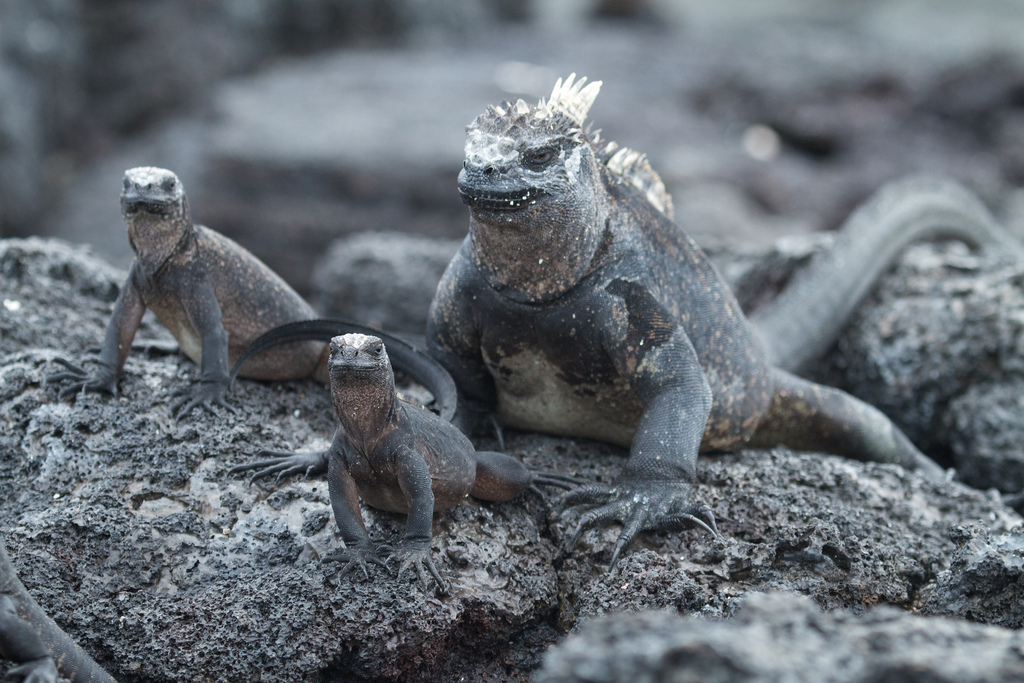Most of us were glued to the hugely anticipated premier of Planet Earth 2 this Sunday. We watched lovesick sloths meander through the mangroves, giant dragons battle it out on Komodo, and penguins getting fecked off cliffs by monstrous waves.
But if there was one scene that got us talking more than any other it was the literal race for survival that took place between a newly hatched marine iguana and an ominous pack of southern black racer snakes. The baby iguana had us shouting at the telly and clutching our faces while we watched its mad dash to the freedom of the ocean’s edge, avoiding the snakes’ fangs.
A racer snake gauntlet stands between hatchling iguanas and the safety of the sea! #PlanetEarth2 pic.twitter.com/LkFiEB30IJ
— BBC Earth (@BBCEarth) November 6, 2016
While we hoped against hope that the hatchling would make it, David Attenborough reminded us that for the snakes this was also a matter of life and death. Snakes have to eat, and for them the iguana hatching season means their best chance all year for hunting food.
Black racers are non venomous, but are often killed by human who mistake them for the similar and venomous cottonmouth. They are widespread in North and Central America, with separate subspecies populations surviving on geographically distinct diets. While newly hatched iguanas may wow us with their impressive running skills, racer snake hatchlings also have fascinating innate responses to their environment, which you should know about before deciding whether you’re fully Team Iguana or also a little bit Team Snake. From the time they hatch the separate subspecies of racers show significant differences in responsiveness to prey species, with a preference for food found in their own local environment. Using their flickering tongues to “taste” by chemosensory means, even snakes that have never fed before will respond most strongly to chemical signals from prey species found locally, which suggests this example of variation in a behavioural trait has a genetic basis. Southern black racers feed predominantly on other snakes and lizards (like the hatchling iguana), while more northern populations prey on mammals. Such interpopulational variation in innate behaviour is the stuff of speciation, where separate populations of a species start to become more and more distinct and adapted to their immediate environment.
Planet Earth 2 is awe-inspiring and exciting, showing off the animal kingdom in its full, almost CGI-like glory. For the remainder of the show we will be blogging more animals facts about the stars of our favourite scenes in the series.
Life. #PlanetEarth2 pic.twitter.com/e3nnyDpHjW
— BBC One (@BBCOne) November 6, 2016
Further reading
Cooper, W., Brown, W. & Burghardt, G., 2000. Behavioural responses by hatchling racers (Coluber constrictor) from two geographically distinct populations to chemical stimuli from potential prey and predators. Amphibia-Reptilia, 21(1), pp.103–115.
Author: Georgia O’Sullivan @georgia_os (#TeamSnake)

